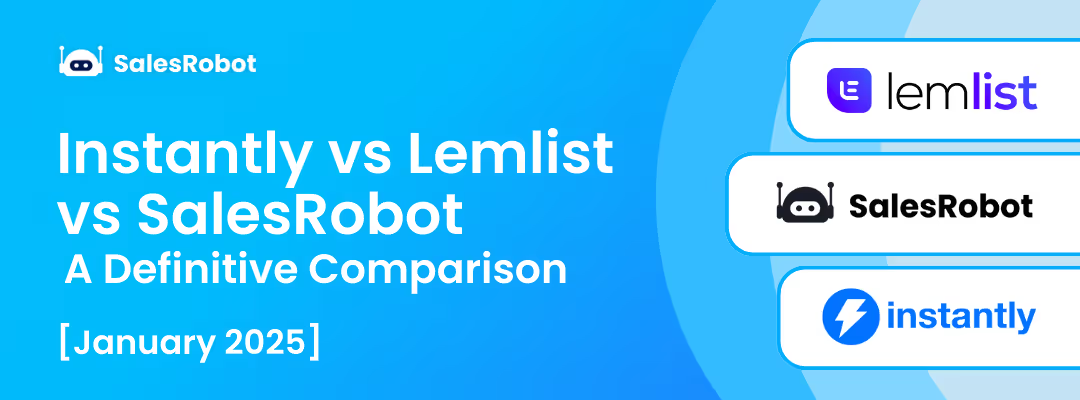The field of B2B marketing has seen a lot of innovation in recent years. In B2B, generating income is the end objective, but the specific steps used to get there will vary from company to company.
The generation of demand and the generation of leads are two such routes. Although the terms "lead generation" and "demand generation" are sometimes used interchangeably, they serve entirely different functions for your company.
While Lead Generation strives to turn your brand-aware prospects into customers, Demand Generation is primarily focused on raising your brand recognition.
The key to making your brand stand out to consumers is demand generation. It's the method of getting your name out there, teaching your audience something new, and earning their confidence. We call a lead generation to nurture leads that have previously shown interest in you and convert them into clients.
What Is Demand Generation?
The process of generating awareness of, and demand for, the products and services that you offer is demand generation. Marketing methods that generate demand raise awareness of your brand and educate those who are already in your target market. Demand generation helps to develop trust and generates interest, both of which are essential to drawing in your target audience and moving them further along in the sales funnel.
A person with a leaky sink who goes online to find a solution can come across a piece of demand-gen content (such as a video, blog post, or infographic) that explains the problem and suggests a way to fix it. This could be helpful to them in their quest to find a solution (the licenced plumber who posted the content).
There are many different channels that may be utilised in order to generate demand. Some of these channels include but are not limited to social media, video, blogging, infographics, traditional advertising, and pay-per-click (PPC) marketing, amongst others. One of the most distinguishing features of demand generation is the fact that users are not required to pay anything in order to access the information (not gated or paywalled). The goal of the process known as "demand generation" is to raise awareness not just of the problem that the reader is now experiencing but also of the information source that can assist in providing a solution to that problem.
Process To Generate Demand Generation
Similar to B2C customers, B2B customers use several pathways to research products and interact with brands. This is why it's crucial to diversify your demand-generating strategies and not only rely on a few different methods. By utilising a wide range of distribution methods, you may increase the likelihood that your brand will be noticed by your target audience no matter where they spend their time online.
Content that is dependent on SEO
Incorporating on-page and off-page SEO methods into your demand generation operations can help you rank higher in search engines, get more visitors to your site, and establish yourself as an authority in the eyes of top-of-the-funnel leads. The investment of time and effort required to maintain a position on the first page of search results for your most valuable keywords may pay dividends in the form of the trust of prospective consumers even before those customers visit your website. It is essential that the entirety of your content is centred on your primary keyword strategy if you want to maintain a good position on search engines like Google.
Guest Posts
A guest blogging campaign spread out across many social media channels may help search marketers increase their authority and the number of high-quality leads they receive on a certain topic. Link building for improved organic traffic is possible through the cultivation of connections with high-authority sites and the creation of content for these sources, which may also increase your readership and reputation among people in the awareness stage of the consumer journey.
Magazine Features In-Depth Discussions with Industry Professionals
Companies rely heavily on trend analysis as part of their demand growth strategies. Articles that concentrate on current trends typically tackle several issues. First, they are a great tool for establishing credibility as an industry leader. They are evidence of your familiarity with the field and your ability to anticipate its future direction. Second, just with guest posting, the primary function of this material is to disseminate the expertise of other authorities in the field. As each author promotes the piece to their own followers, the number of people who end up reading it grows naturally. The site's organic traffic might potentially rise as a result of this promotion.
Providing access to resources at no cost
An easy method to convince potential customers of the value of your goods or services is to provide them with a taste of what you have to offer before they make a purchase. Free trials or features, audits, estimation tools, calculators, or even just walkthroughs of easy activities that may be done on your own are all examples of encounters that fall into this category.
Lead scoring
Lead scoring is used by many businesses to optimise resource allocation in response to prospects' expressed intent, although it is not a content-based technique. To put it another way, lead scoring is a way for your marketing team to "take the temperature" of a potential customer, depending on how involved they are in your demand creation activities. Factors like social media activity and interest in freebies might increase a lead's score.
Contacts are considered Marketing Qualified Leads when marketing has enough trust in them to pass them along to sales. This might be after they have registered for a webinar or downloaded content in return for contact information (MQL). Once you've forwarded the lead to sales, you may consider lead generation to have commenced. It's possible that this strategy might increase the ROI on lead generation by as much as 77%.

Lead Generation
Generating leads is the next logical step after generating demand since it brings the prospect one step closer to converting into a paying customer. Converting a potential consumer who has only just become aware of your business into a paying one is the ultimate goal of lead generation.
A consumer who signs up for demand gen media in search of bathroom renovation information may be persuaded to take the next step and become a leader if they are offered a free (limited) downloadable guide on how to estimate a budget based on the work they want to be done. When a potential customer is found, the sales staff should get in touch with them to learn more about their situation.
Spending on lead creation tools exceeds what is needed for even the most fundamental forms of demand generation content. Events hosted in person or online, webinars, e-books, retargeting campaigns, etc., all fall under this umbrella.
Techniques for Generating New Leads
What's utilised to create leads is often more in-depth and tailored to the individual than what's used for demand development.
Digital use
When it comes to showcasing information and assisting the reader through the decision stage, digital thought leadership and instructional content like eBooks, studies, whitepapers, and other forms may be especially beneficial if they are industry relevant. That gated material here elaborates on themes introduced in a piece of demand-driven content.
The article may connect to a more in-depth guide outlining the many types of finishes, and their most typical uses, in addition to the budgetary implications of choosing one quality or design of finish material over another. The e-book or report will go into greater depth than the demand-gen material, explaining why your product or service is the best choice. Before making contact with a salesperson for a demo or discovery call, customers may be considered pre-qualified if they have a rough concept of the pricing and constraints of an installation.
Direct Mail Marketing
Making a real, helpful relationship with a potential customer is essential in today's digital and phone-centric society. To help generate more meaningful relationships with prospects, the lead generation team may employ lead scoring to guide direct mail advertising. Sending a potential customer a handwritten note of thanks for their enquiry is one example; producing a special gift for a corporate leader who is on the verge of completing a purchase is another, and providing tasty treats for presentation or webinar attendance is another. By combining digital and direct methods, marketers may increase replies by 40 per cent.
Webinars
In order to develop relationships with leads during the contemplation and buy stages of the sales funnel, webinars, which capitalise on the persuasive power of human interaction, may prove to be valuable tools. If webinars can increase sign-ups, free trials, and paid upgrades while addressing only a portion of a prospect's pain point, then they may be effective. From 500 to 1000 qualified leads can be generated from a webinar.
Live events
Trade fairs, conferences, summits, and keynote addresses play an especially important role in some businesses with long sales cycles, intricate purchasing processes, and large transaction values. There is no substitute for face-to-face interaction with potential clients, and events like these give salesmen the perfect opportunity to mingle with those who may eventually become customers. Approximately half of the people surveyed in single research who said they attended live events did so with the express purpose of making new contacts and expanding existing networks.
Campaigns That Redirect Users
With "retargeting," you may keep your brand, product, or resource in front of those who have shown interest in it by visiting your website but have since moved on to other options. Those who have shown interest in your product or service but aren't ready to buy can be retargeted so that they receive automatic follow-up touches and offers. Retargeting is a valuable and successful tactic since consumers who have previously seen these advertisements are 70 per cent more likely to convert.

Difference Between Demand Generation and Lead Generation
The process of generating leads is a component of the larger demand creation process. Lead generation categorises potential customers as "leads" and prepares them for the next step in a company's marketing or sales process, as opposed to demand generation, which seeks to build brand recognition and attract new consumers.
The content types used by each approach might serve as a quick reference for distinguishing features. The goal of demand generation is to raise brand recognition and attract a certain demographic through distributing free material. Most "gated" material used for lead generation requires the viewer to provide contact information like an email address or phone number before access is permitted (such as a PDF, whitepaper, checklist, etc.).
Marketing and sales will be able to stay in touch and even nudge customers into more purchases. You aren't restricted to just one option. Lead and demand creation both have important roles to play in the context of a bigger marketing strategy.
Content creators would do well to keep their intended audience in mind while they brainstorm and draught. Is the target audience education or lead generation?
Publishing an eBook with the aim of increasing brand awareness is a good example of demand creation. Maximize your profits by allowing them to receive the eBook without providing any contact details.
Because of this, it will be simpler for individuals to forward it to their contacts. This is lead generation if you're looking for qualified leads, thus you should restrict this form of communication. As you can hopefully see, it's quite unlikely that you'll be successful with just one.
Lead generation and demand creation are cornerstones of a fruitful marketing strategy. Lead generation entails locating qualified prospects, whereas demand creation entails attracting new customers.

Demand generation- At the top of the funnel
- Boosts Recognition of the Brand
- Improves the knowledge of your audience
- Fosters confidence and piques curiosity
Lead generation- At the bottom of the funnel
- Collects information from viewers interested in receiving updates
- Produces high-quality leads and takes care of them
- Proves the worth and distinctiveness of the brand
- Helps to close deals with qualified prospects
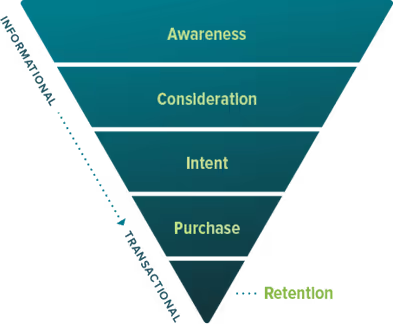
How can you generate leads and demand simultaneously?
There has to be a good flow of activity between lead generation and demand creation to ensure a high rate of conversion and a steady stream of new prospects into the pipeline. You can't expect your salespeople to be able to bring in the volume of leads they need to meet their quotas unless you have a sound demand-gen plan in place.
Healthy sales funnel also takes into account the variety of sources through which your leads come. Potential customers conduct their own research and interact with businesses in a number of different ways, and each has its own preferred approach to learning. It's crucial to have a variety of marketing channels open to you so that you don't lose out on any possible clients. Things like sponsored videos, social media postings, speaking engagements, paid ads, and guest blogging all fall under this category.
Lead generation is more likely to be successful in gaining prospects' contact information and moving them further in the buyer's journey if the demand generation stage contains appealing offers and calls to action that make prospects feel more secure about devoting their attention to a firm.
Conclusion
Lead generation marketers and those who focus on satisfying customer demand often operate in silos. Utilising the demand that has been created for your product to produce qualified sales leads is the process of lead generation.
Their combined efficacy is maximised when both are employed simultaneously.
To make sure everyone's hard work pays off, it's important to set clear boundaries (making roles transparent) while also encouraging teamwork to ensure that demand generation activities easily flow into lead gen strategies.
Heading 1
Heading 2
Heading 3
Heading 4
Heading 5
Heading 6
Lorem ipsum dolor sit amet, consectetur adipiscing elit, sed do eiusmod tempor incididunt ut labore et dolore magna aliqua. Ut enim ad minim veniam, quis nostrud exercitation ullamco laboris nisi ut aliquip ex ea commodo consequat. Duis aute irure dolor in reprehenderit in voluptate velit esse cillum dolore eu fugiat nulla pariatur.
Block quote
Ordered list
- Item 1
- Item 2
- Item 3
Unordered list
- Item A
- Item B
- Item C
Bold text
Emphasis
Superscript
Subscript


Wow your leads by cloning yourself and sending personalized videos and voice notes to each lead on LinkedIn.

If you don't reply to leads within 5 mins, your chances of converting them fall by 50%. Our AI replies on your behalf instantly! (and yes, you can train it)

Don't shoot in the dark. Get detailed analytics on what's working
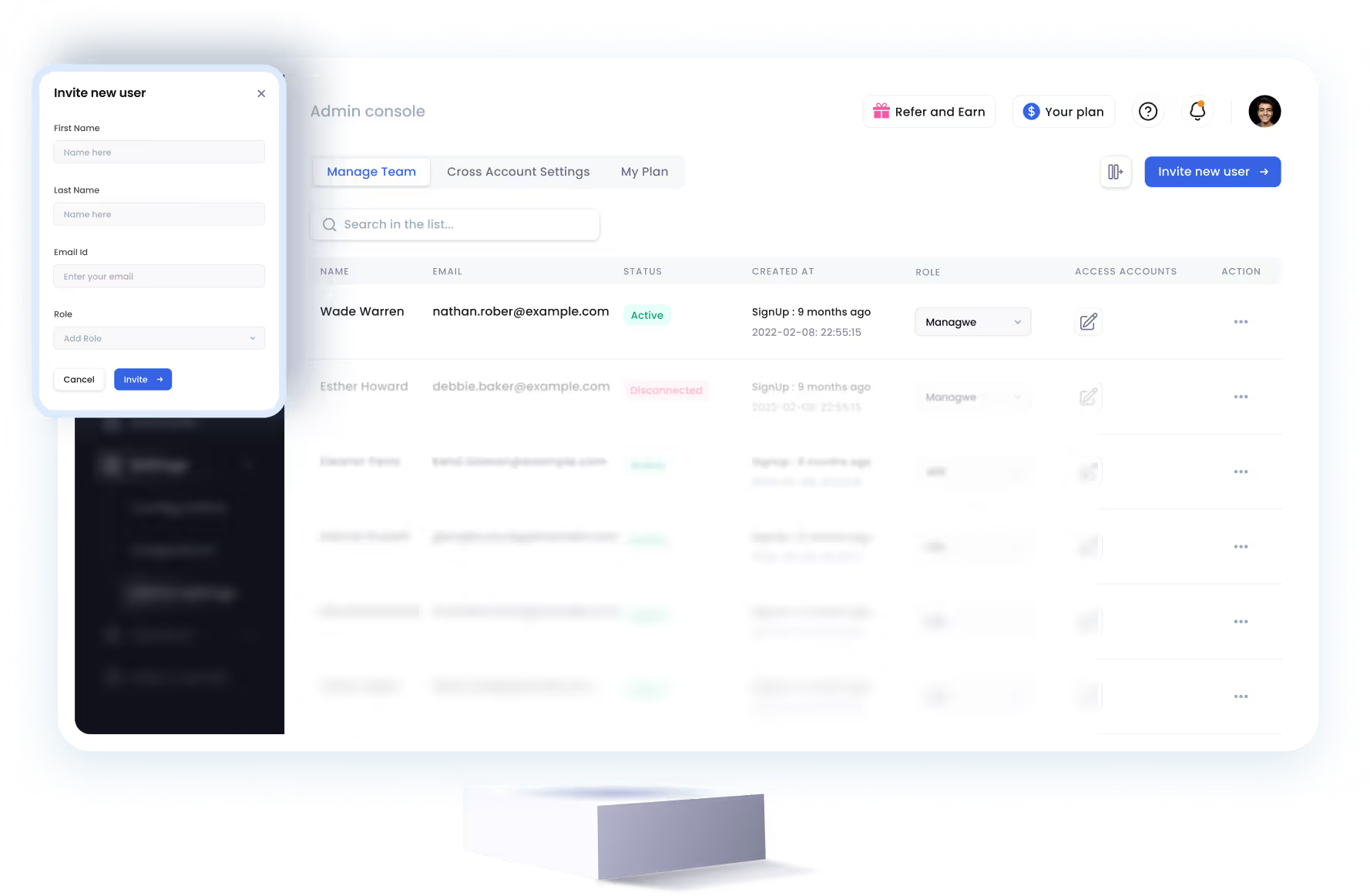
SalesRobot allows you to invite other team members, so that they can add their LinkedIn Account, run outreach campaigns and get amazing results just like you.
Trusted by 4100+ innovative B2B sales teams and lead gen agencies

.avif)

.avif)



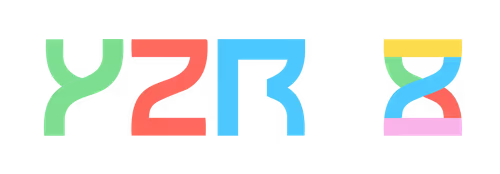
.avif)

















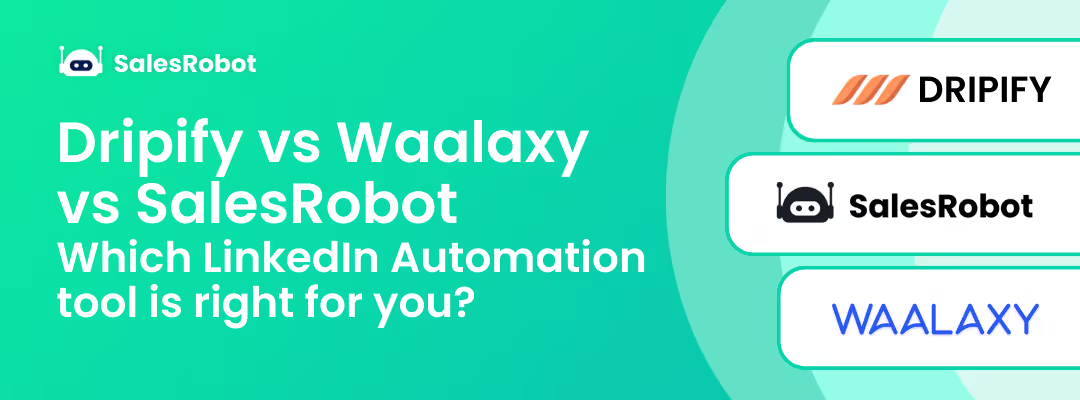
.avif)
